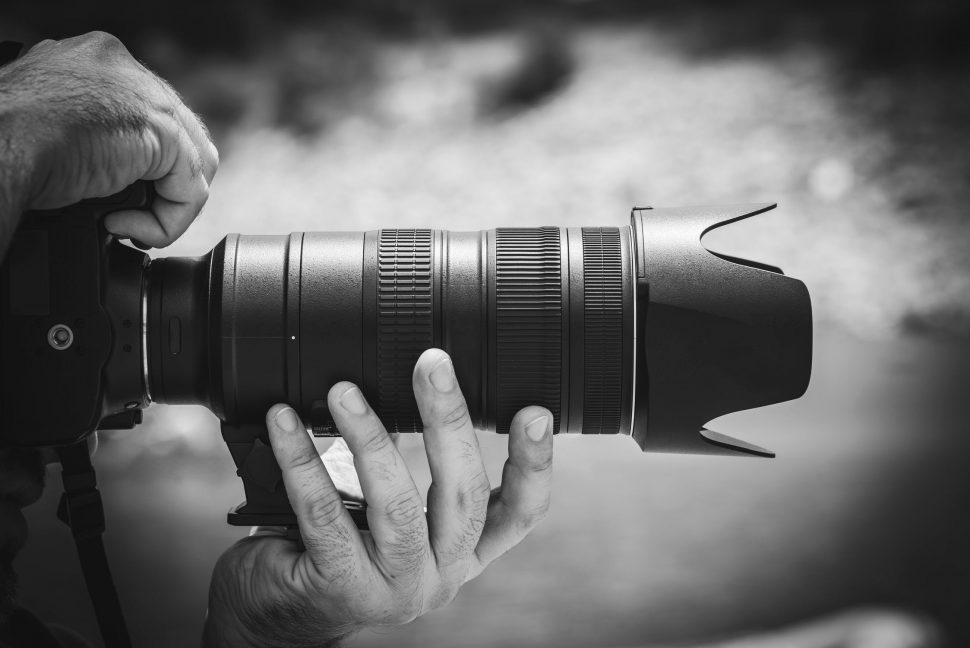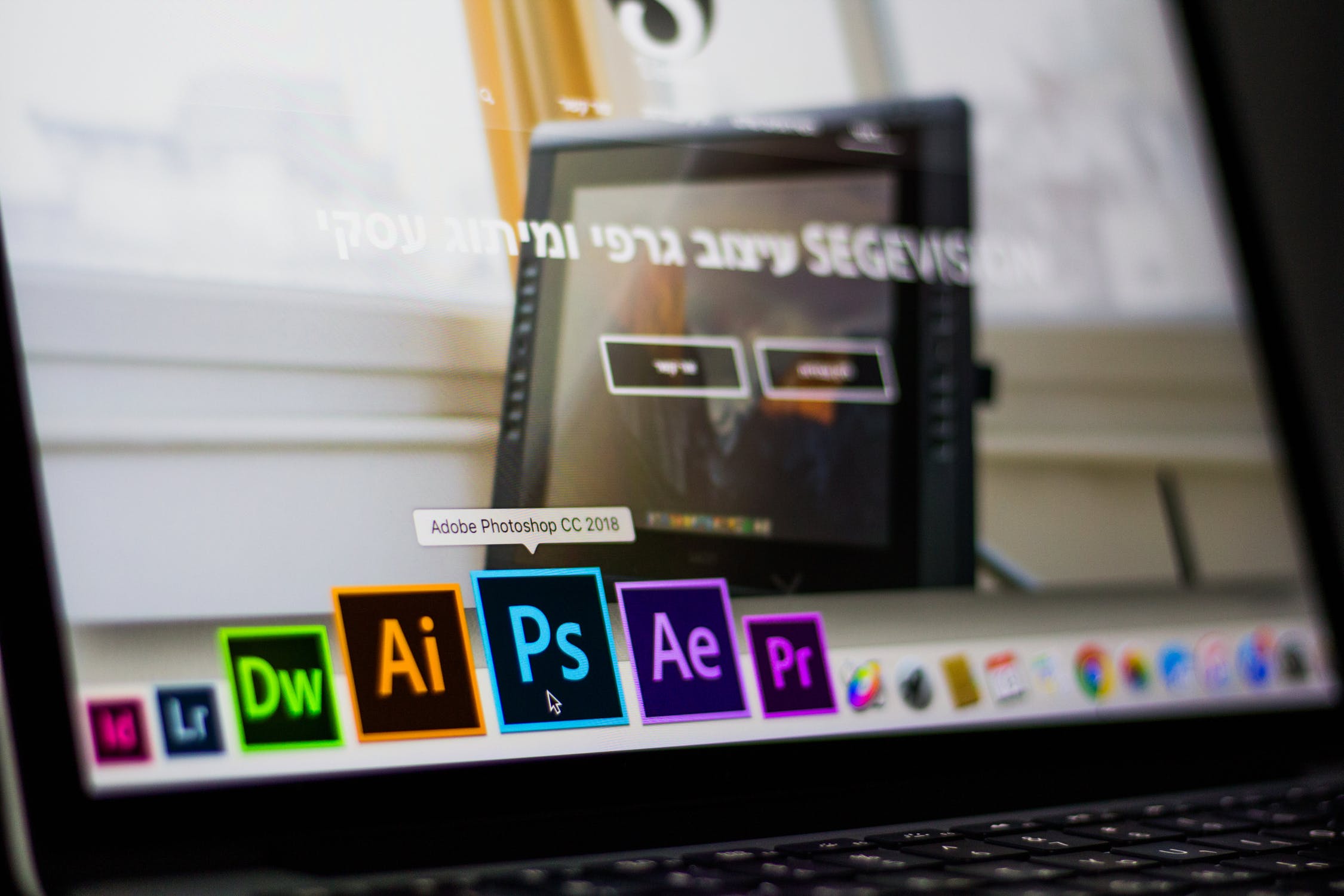Commercial Photography – Not All Photographers are Equal
When buying branded consumer products, you know that wherever you buy them, you’re getting the same thing and the only reasons to shop around are price and availability, with services such as commercial photography however, price and availability aren’t necessarily the most useful factors to consider when putting your brand in the hands of an outside agency. Consider that highly skilled commercial photographers are in demand so they will be able to command a fee commensurate with their skill and experience, additionally, they’re likely to be already very busy, so booking well in advance is essential. Compare this with a ‘cheap’ photographer. Of course, they’ll be available, of course, they’ll cost less, but their work is far less likely to perform for you which is the whole purpose of commercial photography. If there’s no return on your investment, then the investment, no matter how small, is money wasted.
If price and availability aren’t reliable factors for selecting and hiring a commercial photographer to create imagery which performs, then how do you select an agency to take your brand to the next level?
Look at the Photographer’s Past Work and Ask Questions about it
When considering a commercial photographer for your brand photoshoot, a good start is to review work they’ve already completed and if possible look at work that closely matches or is similar to the type of photography you’re looking to have done for your business. If you like work that they’ve done previously then chances are that you’ll also like what they’ll do for you too.
As well as looking at past work, you might also like to ask for references from previous clients which as well as satisfying yourself that the photographer you’re considering can do the job you’d like for them to do, will give you insights as to what they’re like to work with.
Consider that photography is far more than just taking pictures. Post-production work is integral to finished photography and Photoshop or similar software can be used to fix problems, enhance imagery and create special effects which is part and parcel of a commercial photography job. When assessing the portfolio of a prospective photographer, don’t be afraid to ask about the post-production processes they used. A good photographer will use post-production to enhance a photograph that’s already great, rather than use it to fix errors made during the photoshoot. A well set up shoot by an experienced photographer should require very little in the way of correction, needing less in the way of expensive and time-consuming post-production processes. Almost any photograph can be made to look incredible with sufficient enhancement, so it’s important to find out how long has been spent making the portfolio images look as good as they do and how much you might end up paying for that level of enhancement.
Your own marketing schedule is something you should be very clear about and may well be closely allied to the questions about post-production. Your photoshoot is likely being conducted for a specific purpose and you may already have marketing campaigns lined up to make use of it. This means that the finished images will need to be delivered by a specific time after the shoot has concluded, so don’t forget to ask about how soon after the pictures have been taken you should expect delivery of your pictures. If your schedule is tight or you have lots of pictures, you may not have enough time to allow an inexperienced photographer to fix problems in the imagery.
Questions to ask when hiring a Commercial Photographer
At Ikon, we have decades of experience working with brands both large and small, delivering real ROI and working with brand managers to achieve their aims. We have an extensive portfolio of our photography work for many clients over the years and would welcome any enquiry regarding them.
Check out part 2 of How to Hire Commercial Photographer, where we discuss the issues surrounding prices and licensing.



